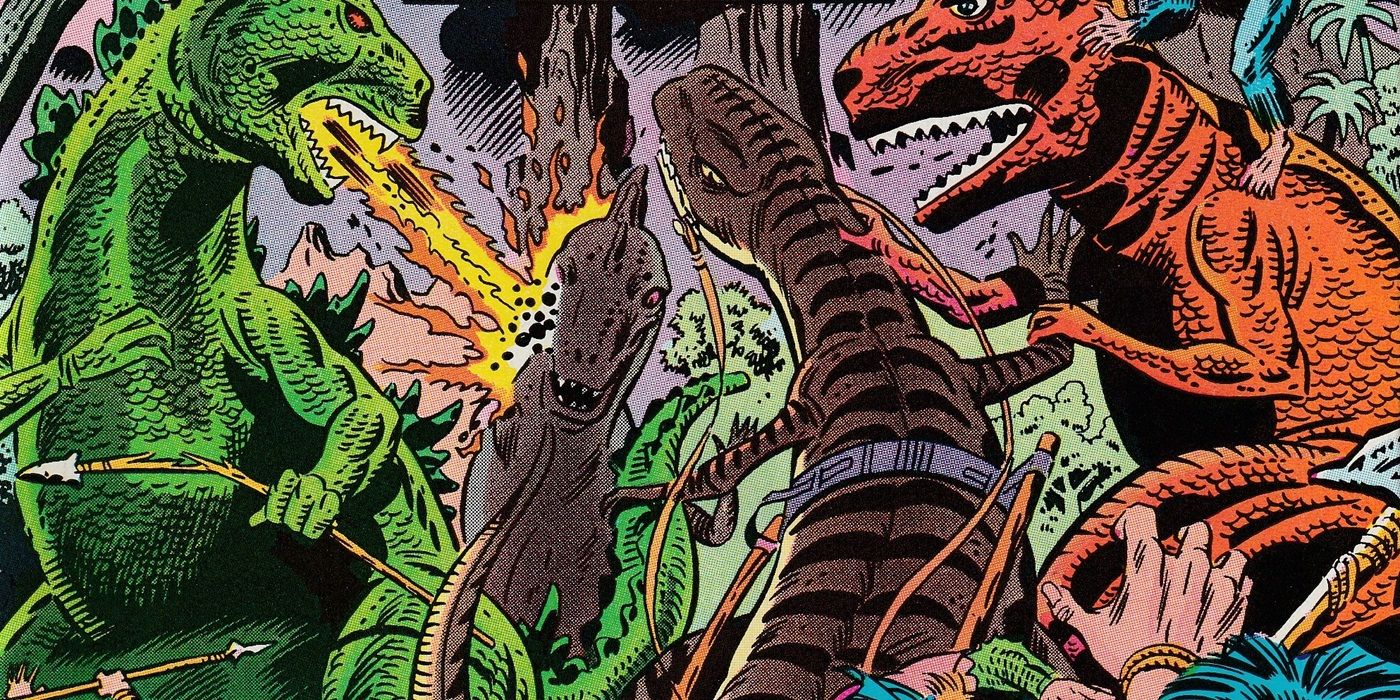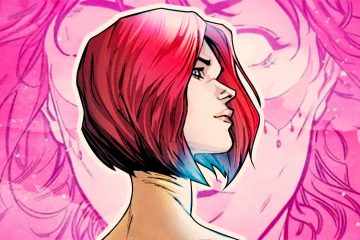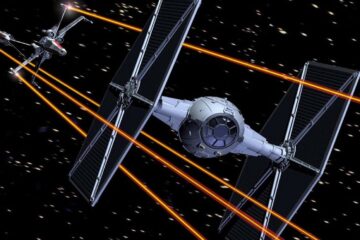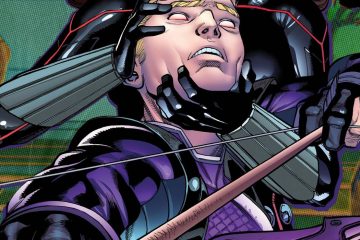This is “Break Into Another World,” which spotlights examples of stories that were originally non-canon being worked into continuity. This is different from “I Tell You What If,” which is about when the regular continuity adopts ideas originated in What If..? and alternate future stories. Today, we look at how Devil Dinosaur made his Marvel Universe in an unusual comic book, Marvel’s Godzilla!For many years, Marvel had a fascinating approach to its licensed characters. You see, by the 1970s, older comic book stories being reprinted had certainly become a standard practice in the comic book industry, with both DC and Marvel routinely reprinting a number of its older stories (Marvel even had a number of comic book series whose existence was solely to reprint older stories, like Marvel Triple Action and Marvel Tales), but even with that in mind, comic book stories were never done with the intent of them later being reprinted. What that means is, Marvel and DC weren’t doing new stories with the idea that they would eventually be reprinted, and as a result, there never was any specific thought given to how a current comic book might NOT be able to be reprinted in the future.In 1978, Jack Kirby was at a crossroads in his career. Through his involvement with the 1977 Fantastic Four cartoon, Kirby made connections within the field of animation, and he was surprised to learn that there was a career path for him in that industry, a path that would involve less work, more money, and, best of all, much-needed health insurance benefits for the artist and his wife. So Kirby was all set to leave the world of comics for animation. The only issue is that he wasn’t yet finished with his contract with Marvel, a three-year deal where he would be paid a set rate for producing a set amount of pages. His Eternals comic book series had just been canceled, so Kirby needed a new project.
This is “Break Into Another World,” which spotlights examples of stories that were originally non-canon being worked into continuity. This is different from “I Tell You What If,” which is about when the regular continuity adopts ideas originated in What If..? and alternate future stories. Today, we look at how Devil Dinosaur made his Marvel Universe in an unusual comic book, Marvel’s Godzilla!
For many years, Marvel had a fascinating approach to its licensed characters. You see, by the 1970s, older comic book stories being reprinted had certainly become a standard practice in the comic book industry, with both DC and Marvel routinely reprinting a number of its older stories (Marvel even had a number of comic book series whose existence was solely to reprint older stories, like Marvel Triple Action and Marvel Tales), but even with that in mind, comic book stories were never done with the intent of them later being reprinted. What that means is, Marvel and DC weren’t doing new stories with the idea that they would eventually be reprinted, and as a result, there never was any specific thought given to how a current comic book might NOT be able to be reprinted in the future.
In 1978, Jack Kirby was at a crossroads in his career. Through his involvement with the 1977 Fantastic Four cartoon, Kirby made connections within the field of animation, and he was surprised to learn that there was a career path for him in that industry, a path that would involve less work, more money, and, best of all, much-needed health insurance benefits for the artist and his wife. So Kirby was all set to leave the world of comics for animation. The only issue is that he wasn’t yet finished with his contract with Marvel, a three-year deal where he would be paid a set rate for producing a set amount of pages. His Eternals comic book series had just been canceled, so Kirby needed a new project.
#Godzilla #Introduced #Devil #Dinosaur #Marvel #Universe
Note:- (Not all news on the site expresses the point of view of the site, but we transmit this news automatically and translate it through programmatic technology on the site and not from a human editor. The content is auto-generated from a syndicated feed.))



